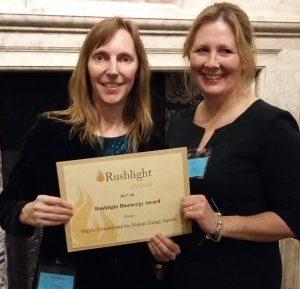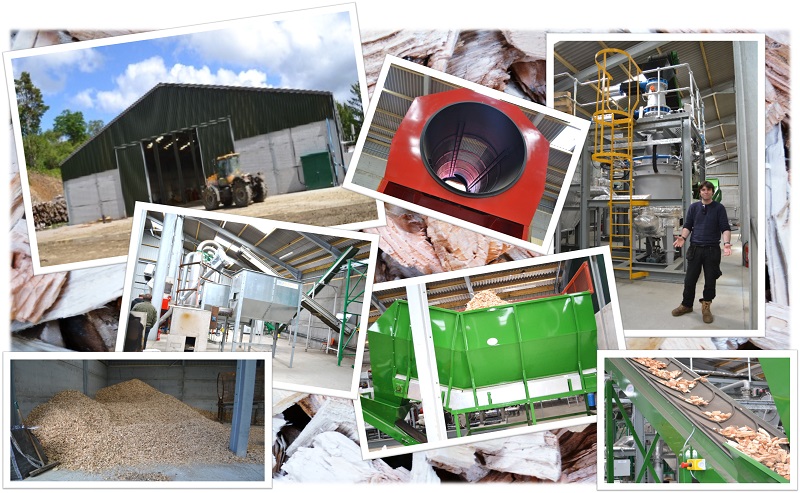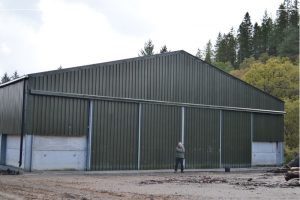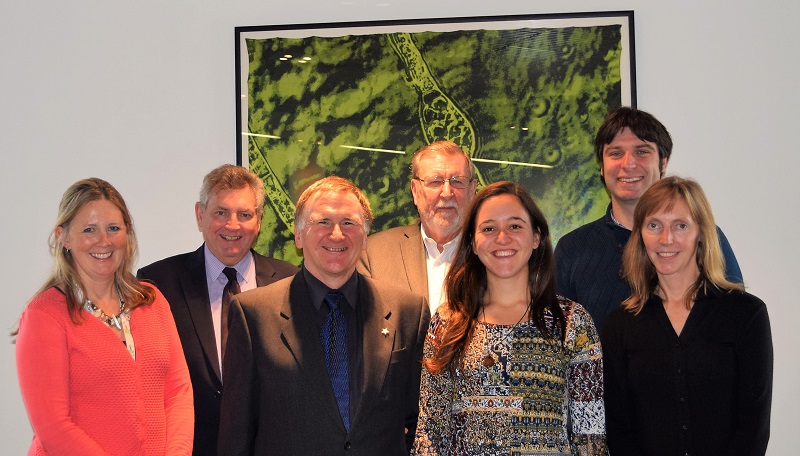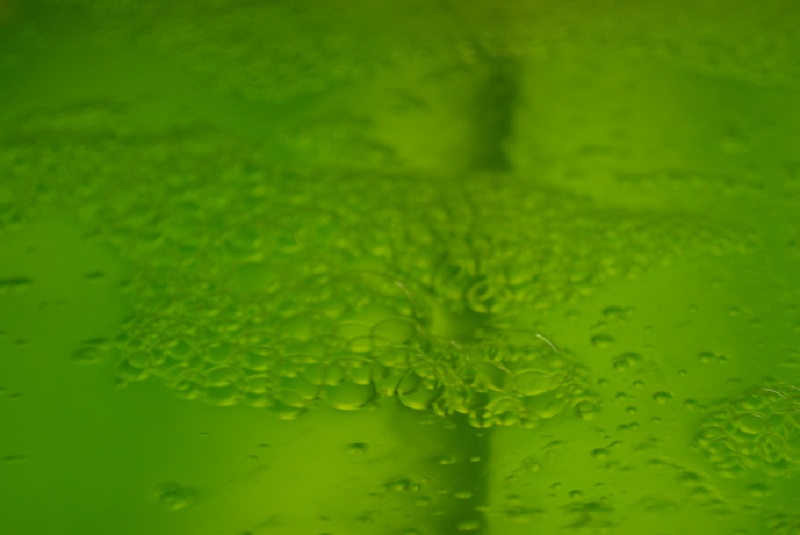
ALIenergy is delighted to announce their success as winner of the Bioenergy category in the Rushlight Awards 2017-18 on behalf of the ASLEE project partnership (Algal Solutions for Local Energy Economy).
The Rushlight Awards are a well-established event recognizing the cleantech stars and sustainability champions of today. They are an independent set of awards designed specifically to support and promote all the latest clean technologies, innovations, programmes, installations and initiatives for businesses and other organisations throughout UK, Ireland and internationally. The awards include various categories which are focused on reducing the environmental footprint of energy, transport, industry and everyday life.
The Awards party (presented by Eventure Media), which took place immediately after the Rushlight Show, at the Royal Geographical Society, London, on 25th January, was attended by organizations that are leading the way in clean technology innovation and sustainable solution deployment, investors, advisers, specialist and general media, trade associations and government departments. Mark Taylor, Deputy Director at BEIS and Head of Programme Delivery, Science and Innovation for Climate and Energy, and the guest of honour at the Awards Party, set out his past and the current activities of the department in the cleantech arena, before presenting the awards.
The Rushlight Show included key announcements by Claire Perry, Minister of State for Energy and Clean Growth, as well as major contributions from John Loughhead, Chief Scientific Adviser at BEIS; Rob Saunders, Head of Energy at Innovate UK; Julie Hill, Chair at WRAP and senior representatives from the Committee on Climate Change, Energy Systems Catapult, CBI, National Grid, Ellen MacArthur Foundation and the NHS. Now in its 9th year, the Show (sponsored by Innovate UK, BEIS, Flanders Investment & Trade, Carbon Limiting Technologies, Sage, Granted Consultancy, Venner Shipley and Smith & Williamson), attracted over 600 cleantech CEOs and entrepreneurs, investors and financiers, advisers, corporate customers and others involved in the sector.
For further information and a list of Rushlight Awards winners visit: www.rushlightevents.com/rushlight-awards
